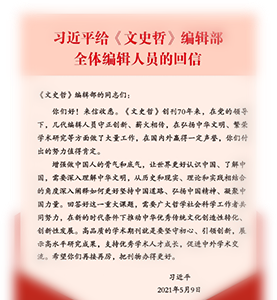以“汉”为“书”——班固笔下的“一代”与“始末”
李纪祥
摘要:一部历史文本,在作者设定中,必有其“始”,亦有其“末”;而在传世的文本物质样式上,例如册次、卷次、页次,莫不反映此种“始”、“末”上的序次编列。从孔子《春秋》开始,便对“始”与“末”的书写笔法赋予了高度的意义性。《史记》继承了这一书写的特性,在班固笔下的《汉书》亦然。这个课题对班固而言,不止是一个历史问题,也是一个现在课题。班固如何思考他的“现在”?班固立于“东汉”如何呈现“西汉”于《汉书》的书写之中?过去学界对于“汉德”的研究,多从“五德终始”入手,这是受到“顾颉刚叙事”的影响。如果跳脱“近代史学”场域,自“汉书本”《世经》入手,转向古今视野中的“编年”与“编统”,则可以勾勒出一条“孔子”→“司马迁”→“刘歆”→“班固”的系谱构成。
Writing the “Book” of “Han”: the “Dynasty” and “History” in Ban Gu’s Works
Li Jixiang
Abstract: In the author’s setting, a historical text must have its “beginning” as well as “ending”. The physical patterns of texts handed down such as books, volumes and pages, all reflect the arrangement and order to narrate the history from “beginning” to “end”. Confucius had given high significance of this style The Spring and Autumn Annals. Later, Records of the Grand Historian carried forward the characteristics, as well as The Book of Han written by Ban Gu. It is not only a historical problem to Ban Gu, but also a realistic subject. How Ban considered his “present”? Living in the Eastern Han Dynasty, how he presented the Western Han in The Book of Han? Influence by “Gu Jiegang’s narrative”, previous studies of the “virtue of the Han Dynasty” used to start from the “cycle of Five Virtues”. If skipping the sphere of modern historiography and turning to “chronicle” and “spectrum” in ancient and modern perspectives from the edition of Shi Jing (A Genealogy of Kings and Emperors) in The Book of Han, we could outline a sequence from Confucius to Sima Qian to Liu Xin to Ban Gu.


